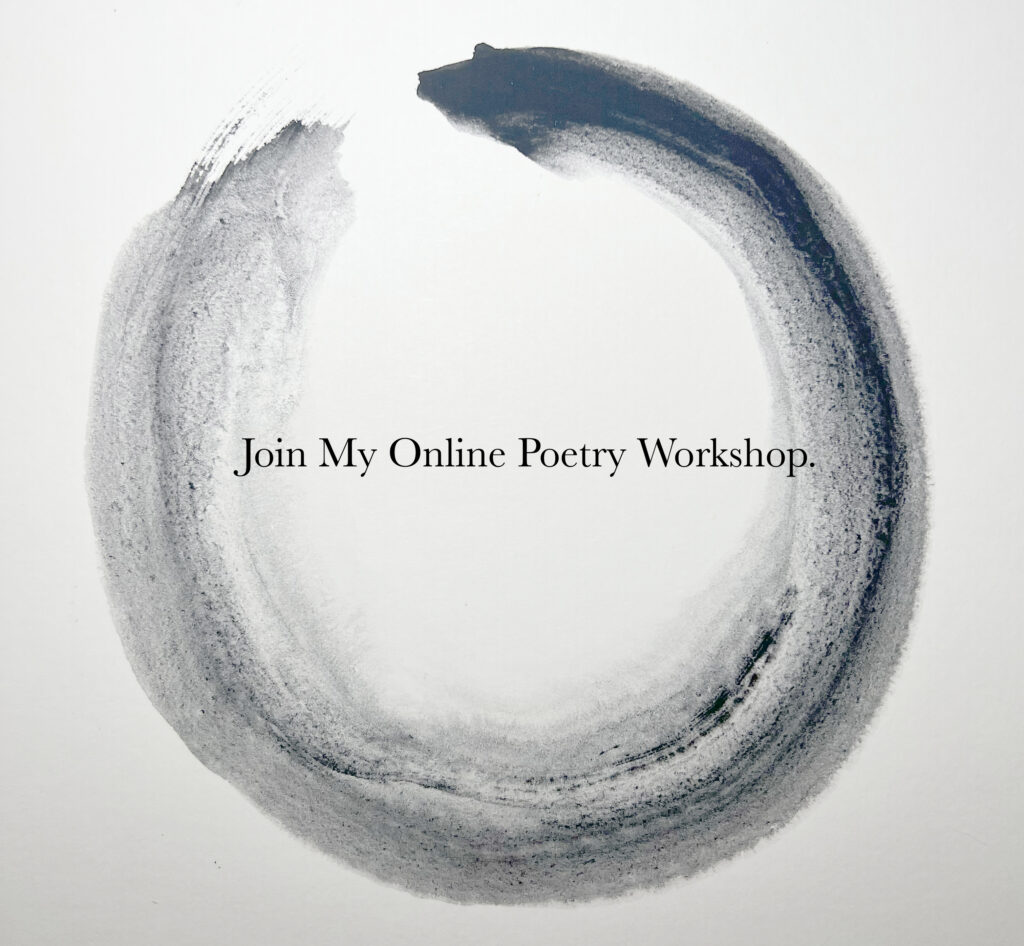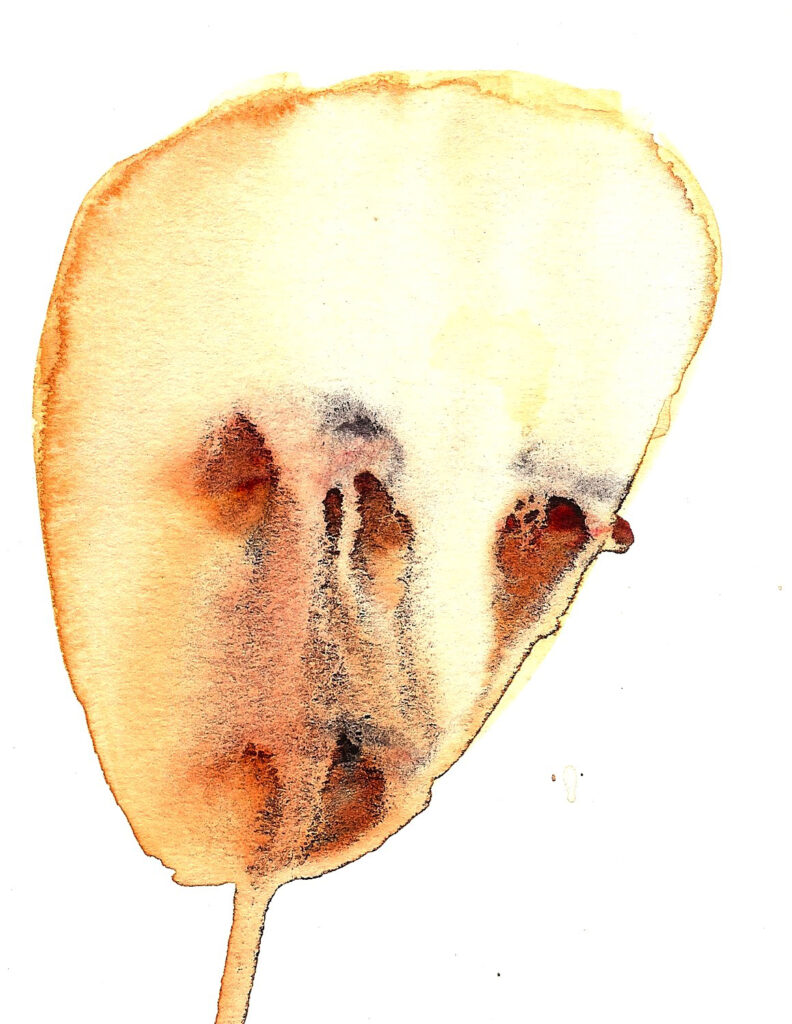One of the most insidious aspects of the Covid-19 virus is the fact that it prevents the dying from being with their loved ones when they pass away. Social distancing and hospital quarantines divide the dying from those they love. Without the ability to hold a loved one’s hand as he or she passes, and without the ability to say goodbye, survivors can be left struggling with unresolved loss. Poetry can often express the inexpressible, and poetry books have the potential to help us cope with the difficult and unsayable. Books, and especially poetry books, have the power to help us navigate the choppy waters of grief. In this book recommendation, I want to look closely at Karen Green’s elegy to her late husband David Foster Wallace, in Bough Down.
We have all been touched by this pandemic in different ways. Some of us have lost loved ones. Others have lost jobs. Some have yet to experience these devastating losses, but are struggling with the loss of normal life, and are navigating loneliness, isolation, hopelessness, and fear about what might come next. All of these losses are real, and in many senses, as a nation, we are all grieving. We are grieving the loss of parties, dinner out with loved ones, coffee shops, sunbathing on the beach, workplace chats, flights, vacations; we are grieving funerals, grieving our routines. We are grieving the loss of jobs. We are grieving the loss of loved ones.
The question now becomes: how do we cope with this grief? Even in this time of loss, stasis, and confusion, I believe we still have a choice about what we are going to do. Even in a time when life seems to have gotten smaller and more circumscribed, we still have the power to create the future.
Some of us might choose to create art, others poetry.
Some might choose to create beautiful meals for their families. Others might create quality time with their children and loved ones. Whatever we create, if we do it with intention, we are transforming the powerlessness of the situation into action, and that makes all the difference.
One artistic form that has helped generations transform the stasis of grief into action is the elegy. The elegy is a poetic form that commemorates the dead. It is a record of loss. And it is one of poetry’s oldest forms.
Peter M. Sacks, in The English Elegy, writes that the elegy is a dynamic process, whereby the writer works through his or her grief. The aim of the elegy is for the writer and mourner “to draw attention, consolingly, to his own surviving powers.” If grief is a process by which the mourner integrates the loss into the meaning of life, the elegy is that process by which the hole and whole of what is lost is filled with language.
For Sacks, the elegy is “a channeling of the energy of grief into a highly controlled and skilled exertion.” How do we do this? Literature offers many examples of the elegiac form, but one that has been of interest to me lately, is Karen Green’s Bough Down. Green, an artist and writer who lost her husband, David Foster Wallace to suicide, wrote Bough Down, after her husband’s death.
I love David Foster Wallace, particularly the free play of philosophy blended with popular culture that can be seen in his best essays. I might not have discovered Green’s Bough Down had I not known it was an elegy for Wallace, but the elegy holds its own space, making meaning in its own distinctness, even as Green acknowledges that the process of loss allows her, if only for a moment—to inhabit the despair her husband may have experienced through his depression.
Green’s poetry book explores unresolved grief, and the complex infinities and contradictions that grief can contain. Prose poems juxtaposed beside artworks, like faded text, whited-out lines, cut up dollar bills, and silhouettes evoke erasure, recapture, and remaking.
Early in the poetry book, Green faces the reality of the loss.
She writes, “This morning you are nowhere.”
The horror of the beloved’s nowhereness is one of the great alienations of death. The absence of the beloved leads to a loss of the self in so far as the self identifies with the lost.
But, in order to face the reality of the loss, Green must learn to re-inhabit her body. She writes about the crisis therapist who was with her when she found her husband dead. The trauma therapist walks her through what she needs to do at the moment of trauma:
“Now try to feel. Can you feel your feet? Try to feel your feet on the floor.”
But Green doesn’t know if she can feel. The loss of the beloved is the loss of self. Death is the ultimate form of alienation:
“Can I feel the floor here, when there is a body out there, a body whose soul has made haste, a body who was my body to look at, at a time like this, a time of no time.”
These lines are reminiscent of the final scene in Shakespeare’s King Lear when Lear enters the stage holding the body of Cordelia, his grief beyond words, stripped to a bare “howl:”
Shakespeare writes: “Why should a dog, a horse, a rat, have life,/ And thou no breath at all?”
And indeed, in Green’s retelling, the most touching moments are when she describes the animals—her husband’s dogs facing the thing itself, the fact that cannot be named–the loss of the beloved. Their dumb apprehension becomes a kind of corollary to Green’s attempt to process the thing that cannot be apprehended. The dog’s reactions become a metaphor for the speaker’s reaction to grief—the desire to draw close; the desire to pull away:
“One dog backed away, one ran up to kiss the face we loved.”
She tells the dog, “He’s not coming back. I feel like saying he died is letting him get away with something.”
How we choose to describe any loss shapes the loss. How we choose to tell the story of a loss shapes the story of our life after the loss—there’s the loss itself and then there is the storytelling about the loss. The story evolves with time. However, the story is not inconsequential. The story has the power to shape the life to come. Storytelling is not just narration or a recreation, it is the very process by which we invent a life out of the wreckage of life’s greatest devastations. This thought has kept me writing when I have lost faith. The fact that the story matters is a kind of faith.
And yet, the story may not have a clear plot; grief does not have a clear plot. Green notes, “The doctor says this is a non-linear, inelegant process.”
The process itself defies narration, defies the simple telling. And yet the irony is that if we do not tell it, if we do not find a way to re-create the loss, we will be doomed to live with the absence alone. Green’s speaker finds a way forward. But to move forward, she must honestly face her frustrated desire. If grief is desire frustrated, the work of the elegy is to face those losses and transform them into art. In one of the most breathtaking passages in the book, Green writes about what she wants:
“I want him pissed off at politicians, ill at ease, trying to manipulate me into doing favors for him I would do anyway. I want him looking for his glasses, trying not to come, doing the dumb verb of journaling, getting spinach caught between canine and gum, berating my logorrhea, or my not staying mum. I don’t want him at peace.”
She adds, much later in the poetry book, “There is the thing itself and then there is the predicament of its cavity.”
We live in a world and a time of great loss, but within these losses there is the potential for great transformation. The potential for transformation after grief turns grief into a question rather than a period or full stop. The answer is up to each person to give.
At the end, we are faced with the stark fact of the loss itself. We want our old lives back. They are not coming back. We can only create around the predicament.

About the Writer
Janice Greenwood is a writer, surfer, and poet. She holds an M.F.A. in poetry and creative writing from Columbia University.

